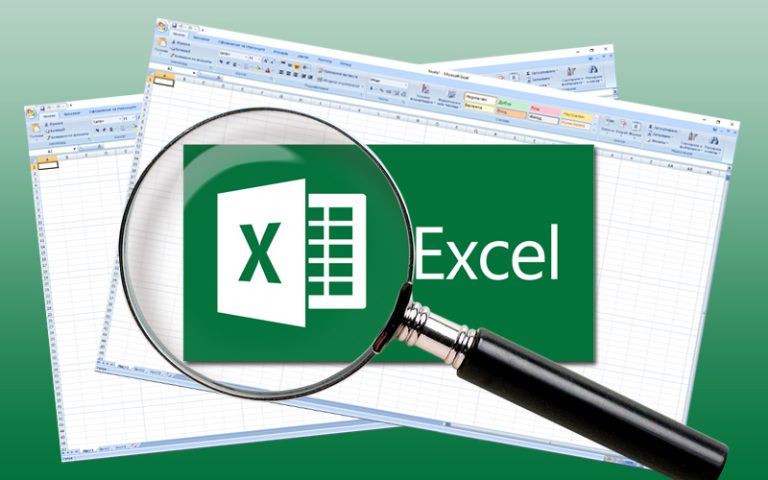In the realm of data management, Excel files serve as indispensable tools for organizing, analyzing, and presenting information. Whether you’re tracking finances, managing inventory, or compiling reports, Excel files are the go-to solution for many professionals. However, as datasets grow in complexity and collaboration becomes more prevalent, the need to compare Excel files becomes increasingly apparent. In this comprehensive guide, we’ll explore the nuances of Excel file comparison, providing valuable insights and practical tips to enhance your data management practices.
Understanding Excel File Comparison
Excel file comparison involves the process of identifying differences between two or more Excel files. This can include changes in data, formulas, formatting, and more. The primary objective of comparison is to ensure data accuracy, consistency, and version control across multiple iterations of a file.
Methods for Comparing Excel Files
There are several methods available for comparing Excel files, each with its own advantages and limitations. These include manual comparison, utilizing built-in Excel features, and leveraging third-party software solutions specifically designed for comparison purposes.
Benefits of Comparing Excel Files
The benefits of compare Excel files are manifold. By conducting thorough comparisons, users can ensure data integrity, identify discrepancies and changes, and streamline collaboration processes. This ultimately leads to improved decision-making and enhanced productivity.
How to Compare Excel Files
The process of comparing Excel files can vary depending on the method chosen. For manual comparison, users can visually inspect two files side by side, noting any differences manually. Excel also offers built-in features such as “Compare and Merge Workbooks” to streamline the comparison process. Additionally, there are a variety of third-party software options available, each offering unique features and functionalities.
Factors to Consider When Choosing Comparison Methods
When selecting a method for comparing Excel files, it’s essential to consider factors such as the complexity of the data, collaboration needs, and budget constraints. For simple datasets with minimal changes, manual comparison may suffice. However, for more complex projects or collaborative environments, investing in third-party software may be necessary.
Best Practices for Effective Comparison
To ensure the effectiveness of the comparison process, it’s crucial to establish standardized procedures, implement data version control measures, and maintain open lines of communication among team members. By adhering to best practices, users can minimize errors and maximize efficiency when comparing Excel files.
Challenges in Excel File Comparison
Despite its benefits, comparing Excel files can present several challenges. Common issues include formatting differences, version control issues, and time constraints. However, with careful planning and the right tools, these challenges can be overcome.
Overcoming Challenges and Maximizing Efficiency
To address formatting differences, users can utilize tools and features designed specifically for comparison purposes. Implementing effective version control measures, such as naming conventions and version history tracking, can help mitigate version control issues. Additionally, adopting time-saving strategies, such as batch processing and automation, can streamline the comparison process and increase overall efficiency.
Real-World Applications and Case Studies
Numerous real-world applications demonstrate the value of effective Excel file comparison. From financial institutions to research organizations, entities across various industries have benefited from streamlined data management practices and improved collaboration processes. By studying these success stories and learning from common pitfalls, users can glean valuable insights into best practices and implementation strategies.
Future Trends in Excel File Comparison
Looking ahead, advancements in comparison technology are expected to drive further innovation in the field of Excel file comparison. Integration with other software solutions, such as data analytics platforms and business intelligence tools, will enhance interoperability and streamline workflow integration. As the landscape continues to evolve, organizations can expect increased efficiency and productivity in their data management practices.
Conclusion
In conclusion, comparing Excel files is an essential aspect of effective data management, enabling organizations to maintain data integrity, consistency, and version control across multiple iterations of a file. By understanding the methods, benefits, and challenges associated with comparison, users can optimize their data management practices and achieve greater efficiency in their day-to-day operations.




